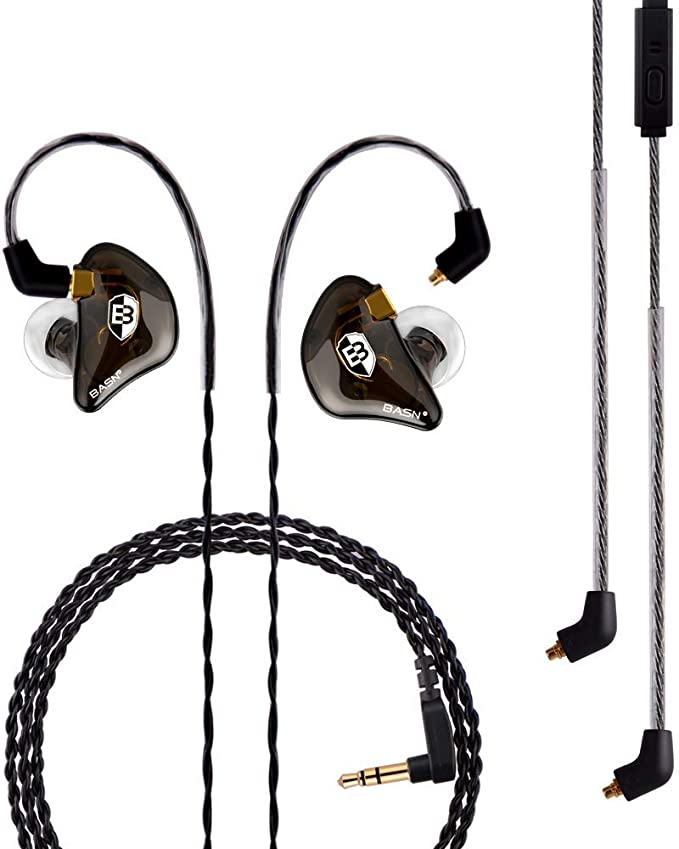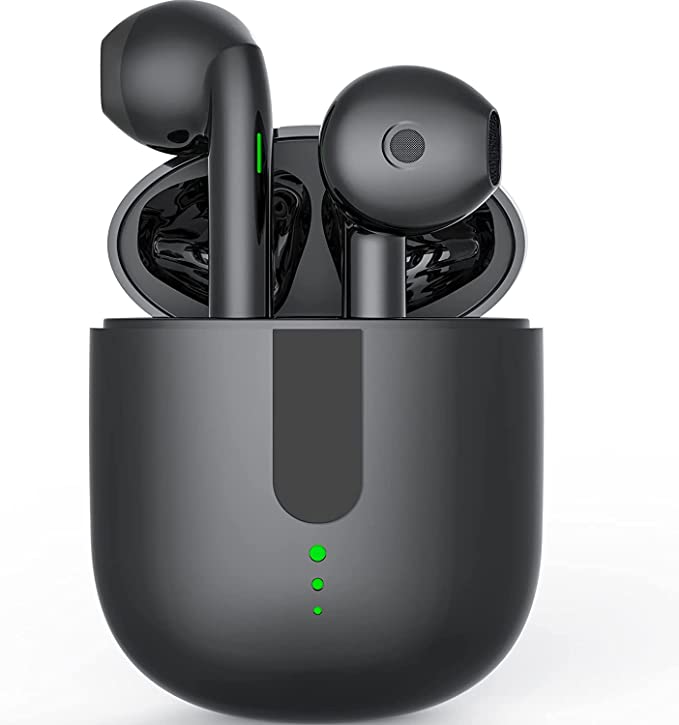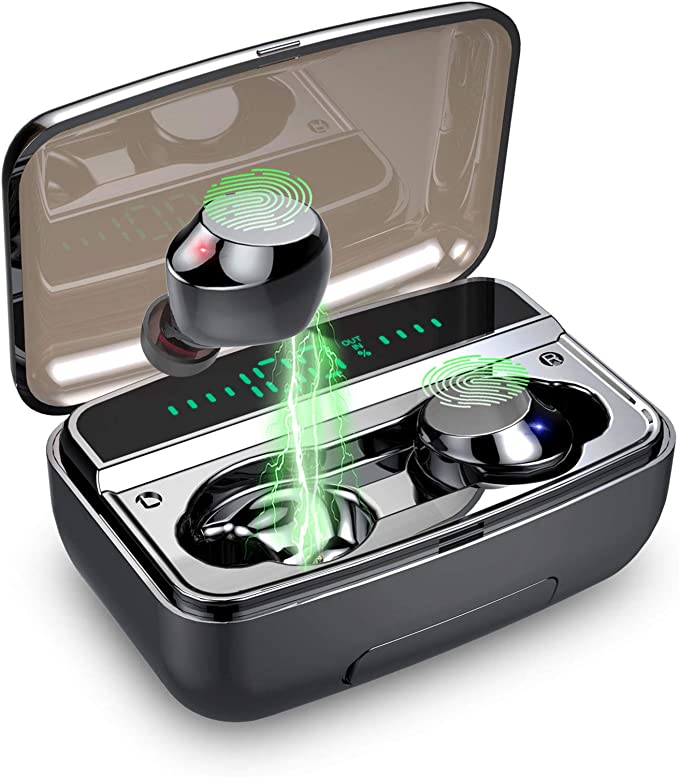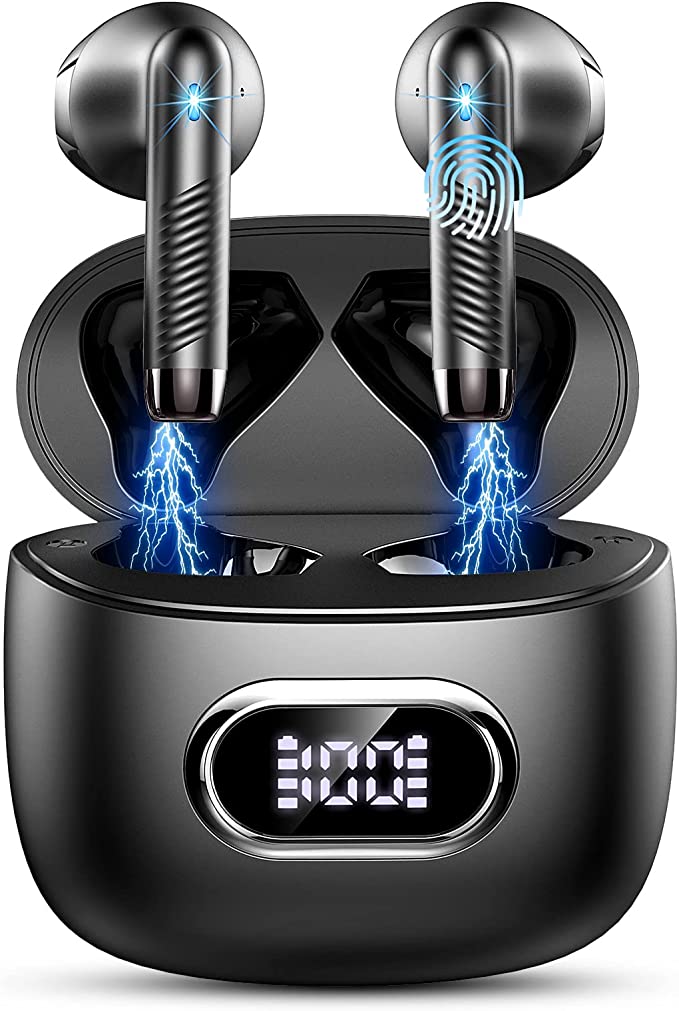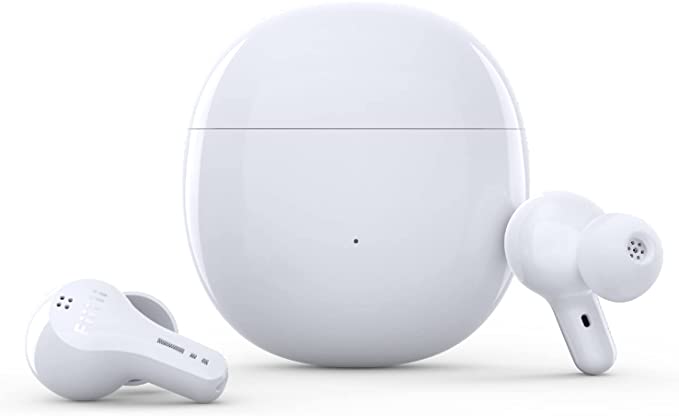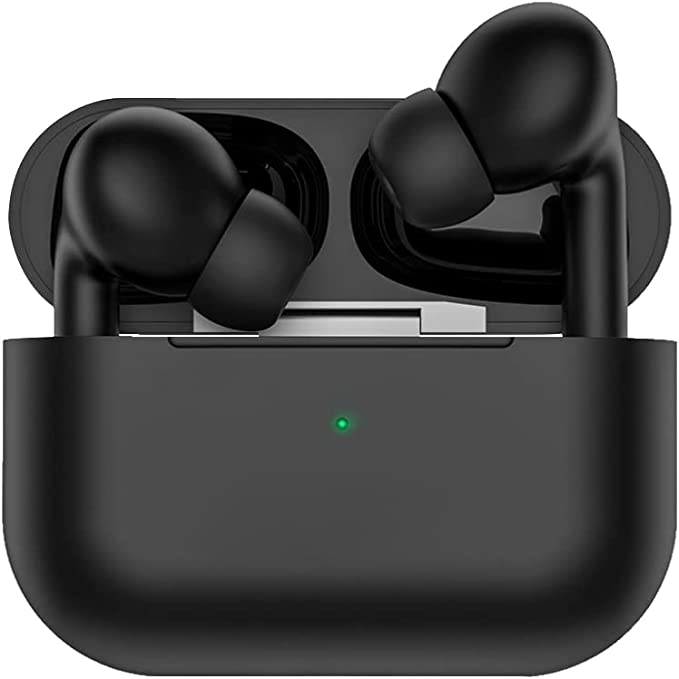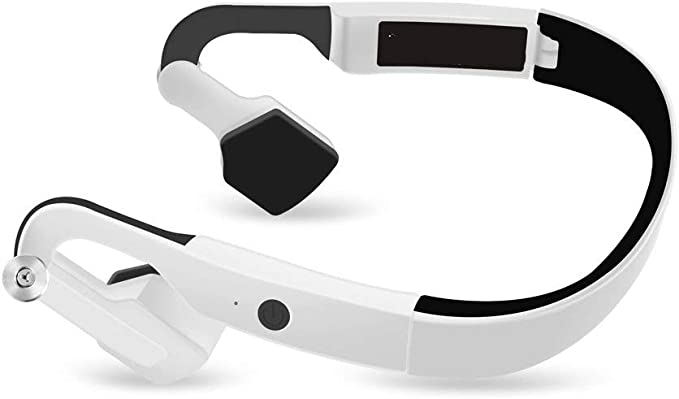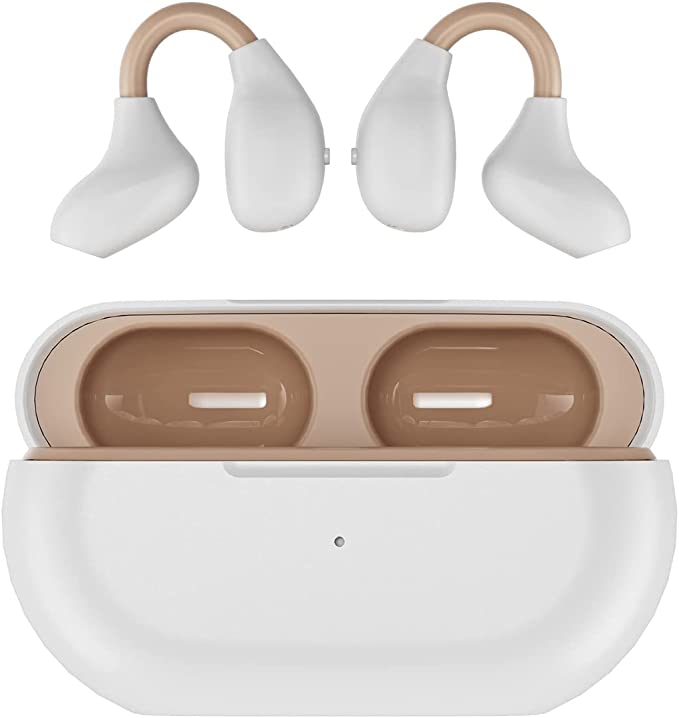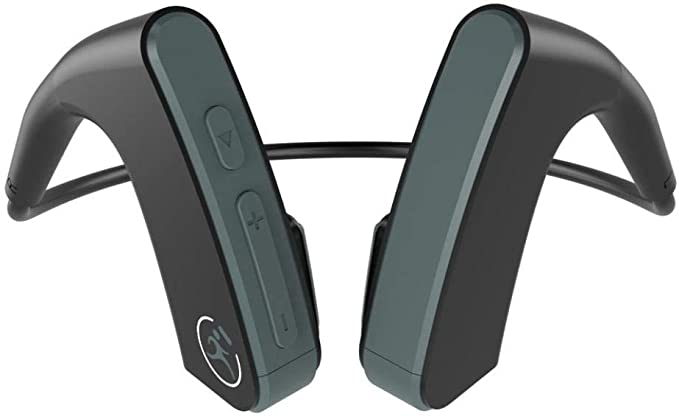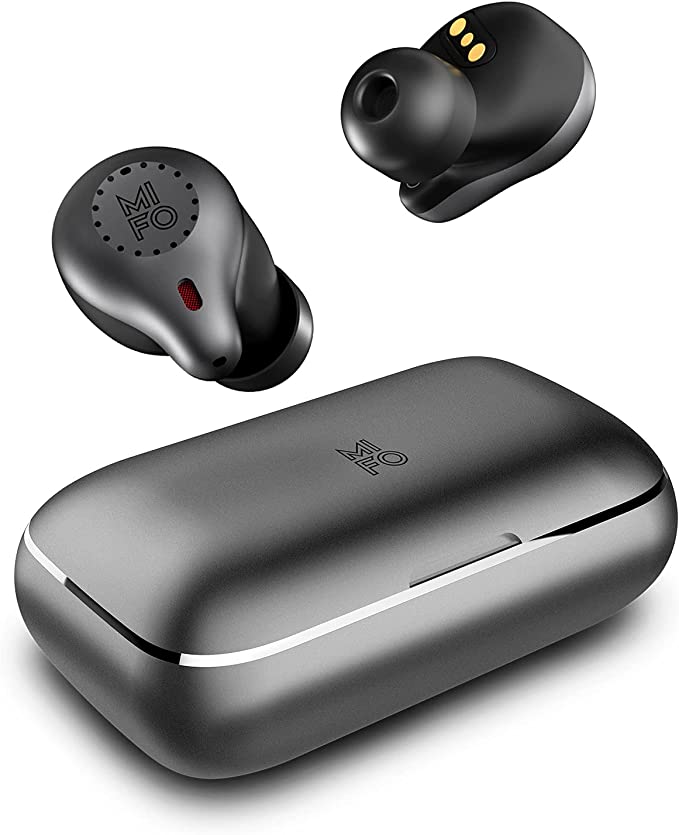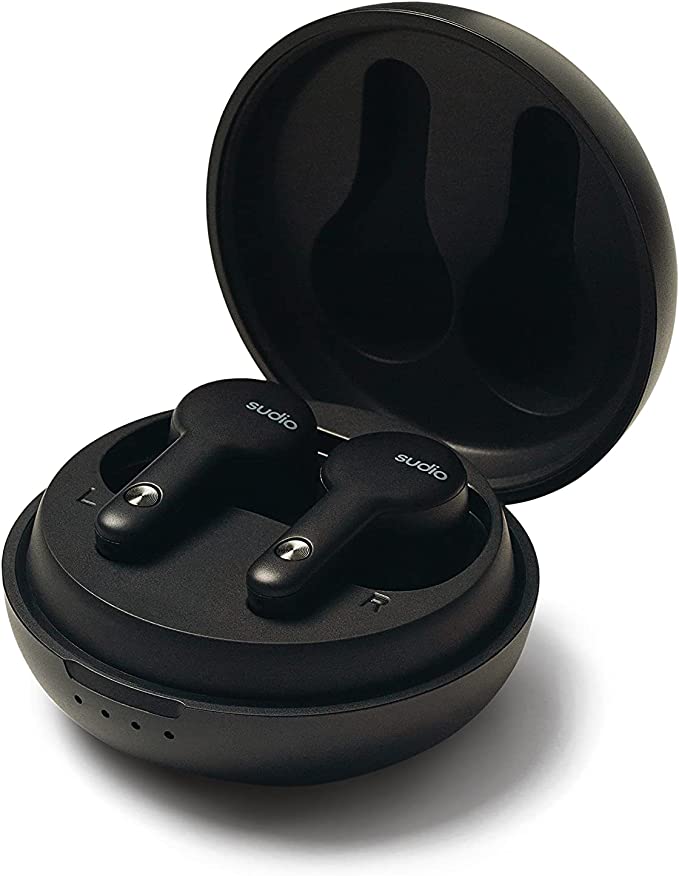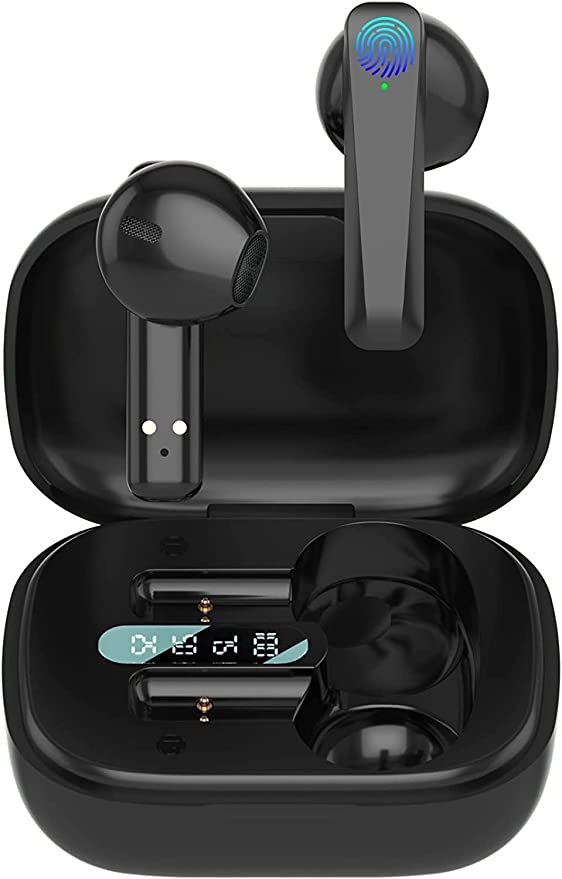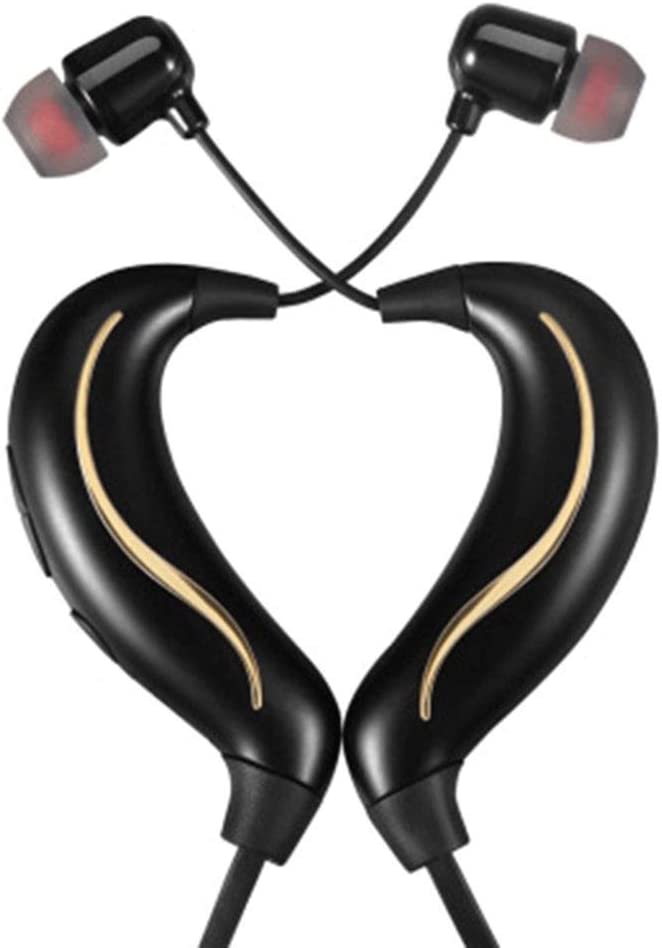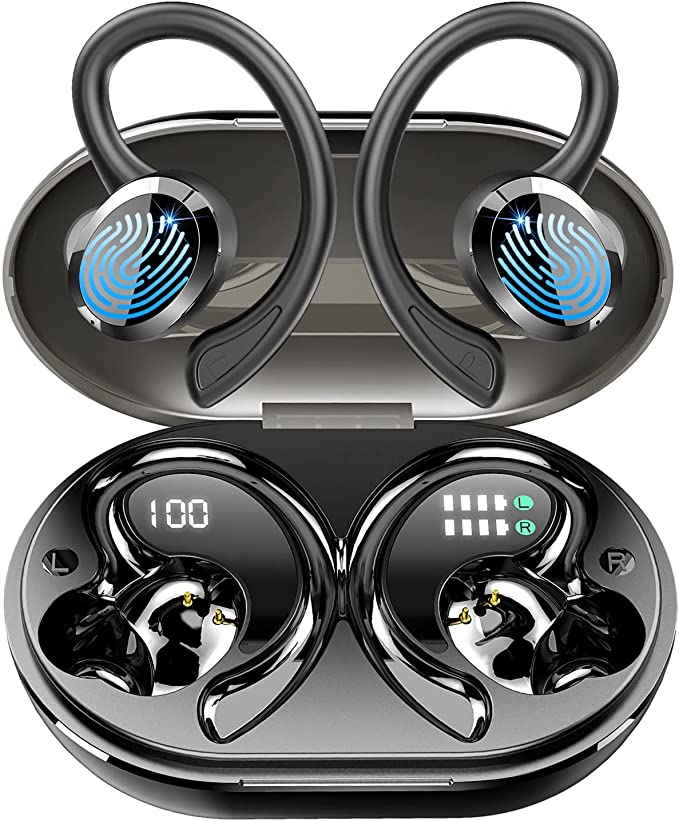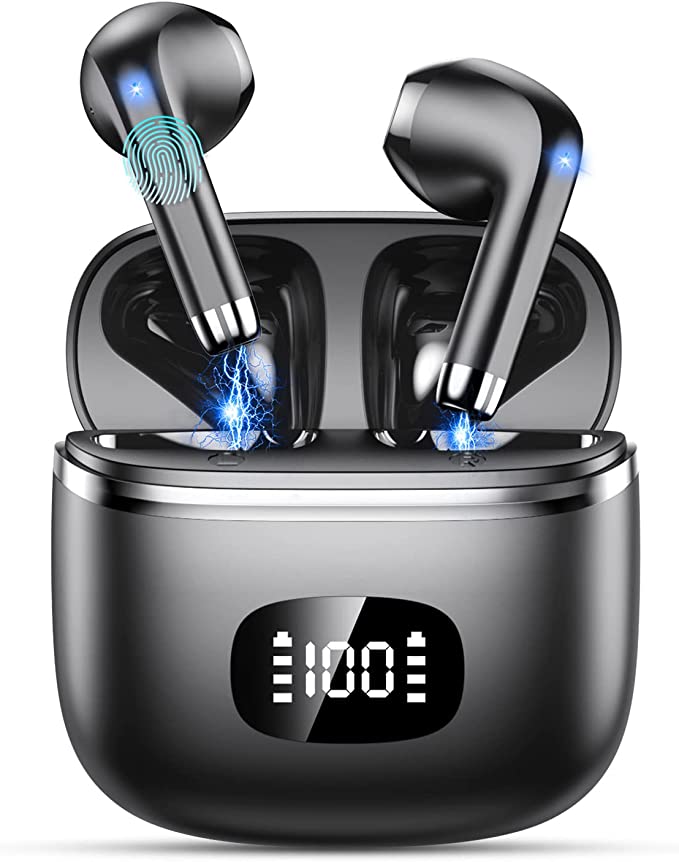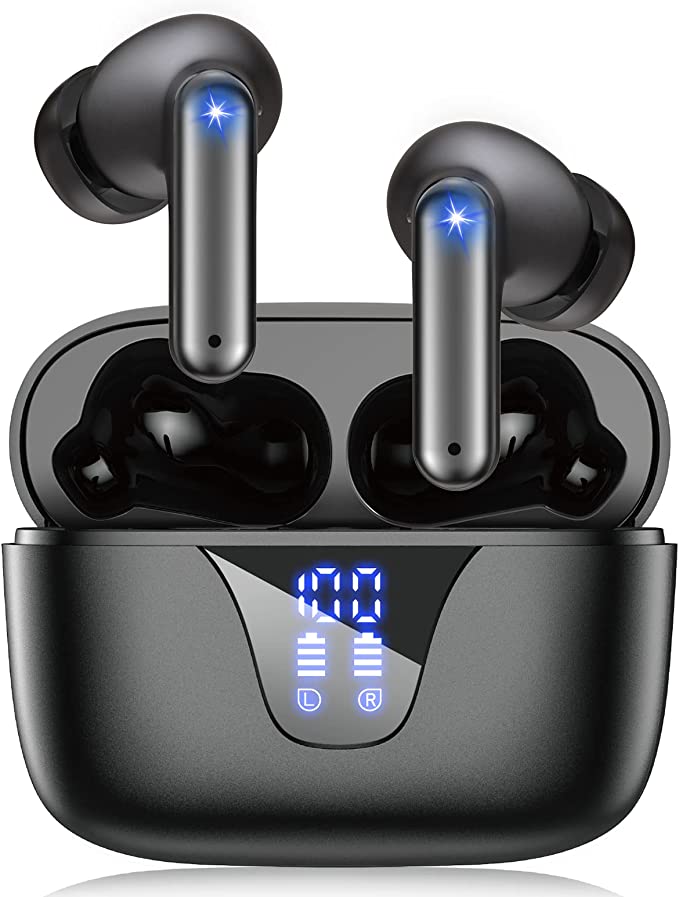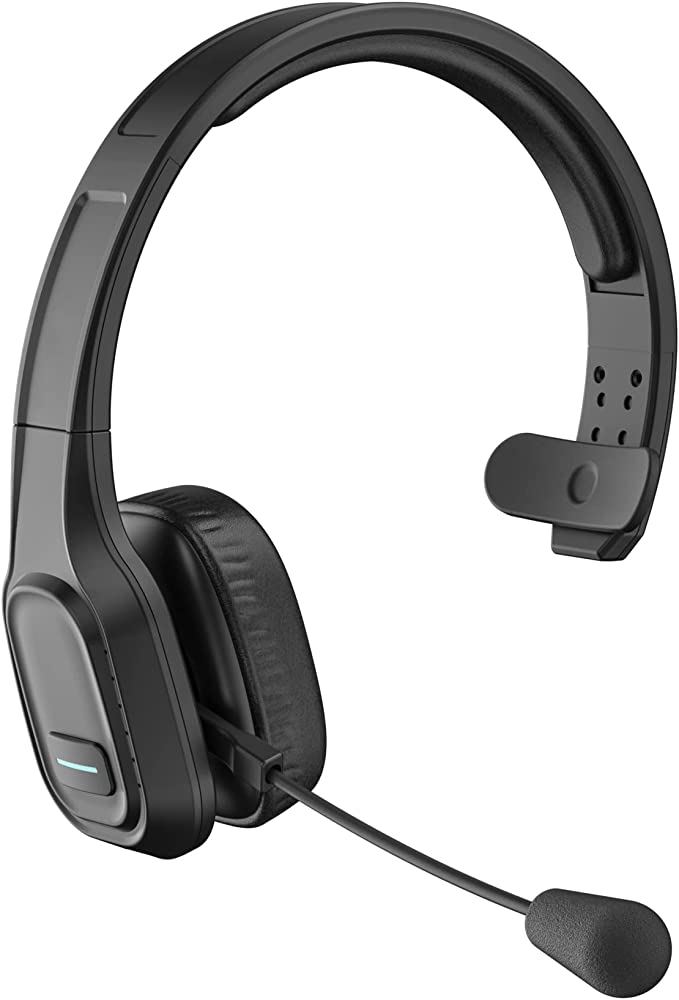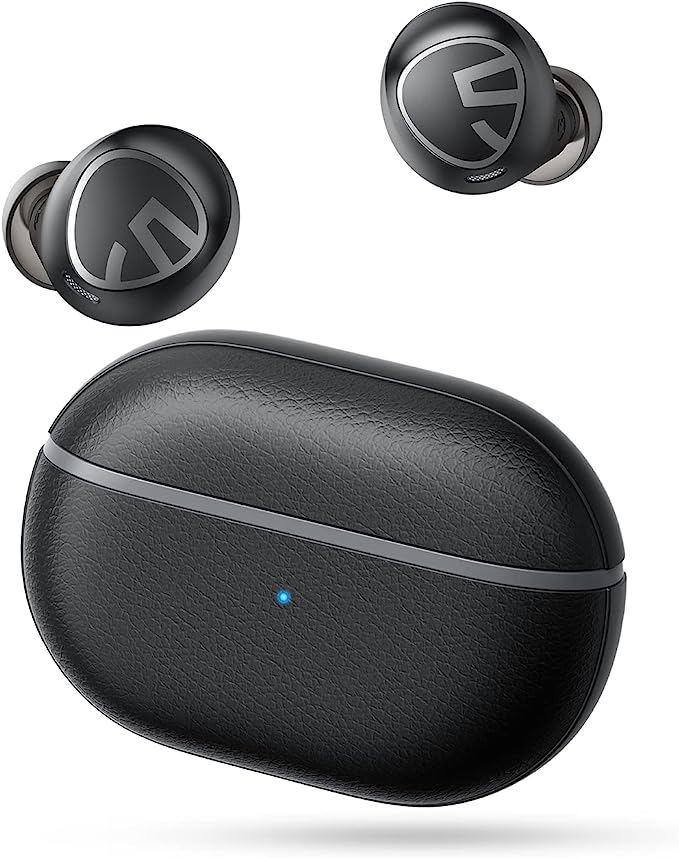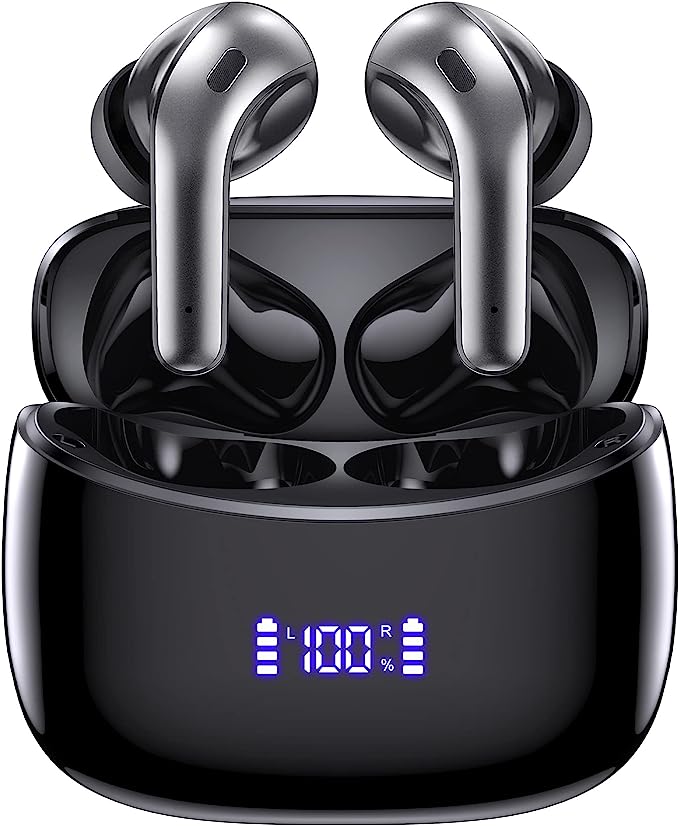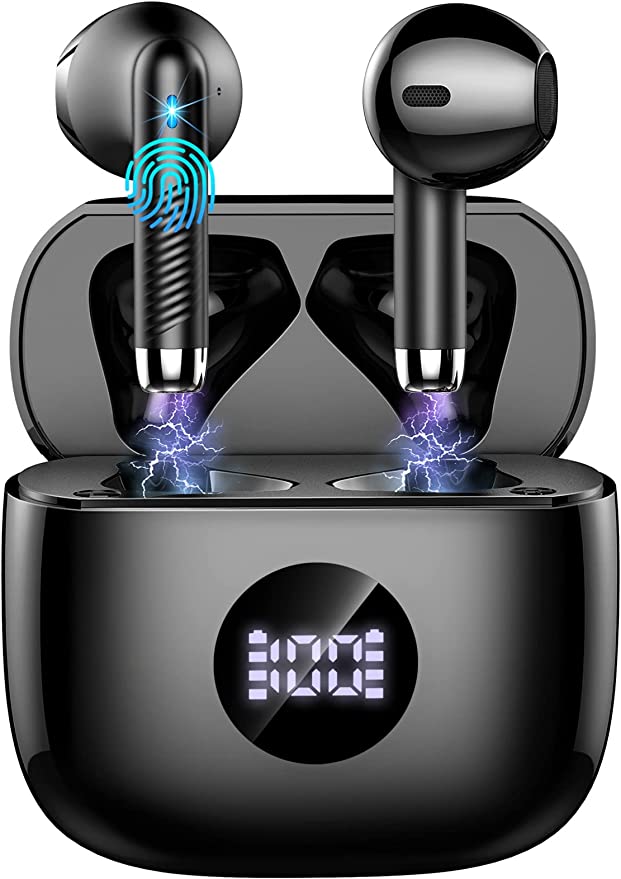DJI Mic 2: Crystal-Clear Audio with Intelligent Noise Cancelling
Update on March 19, 2025, 4:14 p.m.
The pursuit of perfect sound is as old as the desire to communicate. From the earliest attempts to amplify the human voice to the sophisticated audio technologies of today, we’ve constantly sought ways to capture and reproduce sound with ever-greater fidelity. But alongside this quest for clarity has been an equally persistent challenge: noise. Unwanted sound has always been the bane of clear communication and pristine recordings, a problem that has spurred innovation and ingenuity throughout history.
Before the advent of electronics, managing sound was a purely physical endeavor. Think of the design of ancient Greek amphitheaters, carefully shaped to amplify the voices of actors and project them to large audiences. Or consider the hushed interiors of libraries and concert halls, designed to minimize reverberation and external noise. These spaces represent early attempts to control the acoustic environment – to enhance desired sounds and suppress unwanted ones. The invention of the microphone and electronic amplification in the late 19th and early 20th centuries revolutionized audio, but it also amplified the problem of noise. Suddenly, not only did we have to contend with the natural acoustic environment, but also with the hiss and hum of electronic circuits.

Sound and Noise: A Matter of Perspective
What exactly is sound? At its most basic, sound is a vibration that travels through a medium, such as air, water, or a solid object. This vibration creates pressure waves – alternating regions of high and low pressure – that propagate outward from the source. When these pressure waves reach our ears, they cause our eardrums to vibrate, and our brains interpret these vibrations as sound. The frequency of the vibration determines the pitch of the sound (how high or low it sounds), while the amplitude of the vibration determines the loudness. A high-frequency, high-amplitude sound wave might be a piercing shriek, while a low-frequency, low-amplitude wave might be a barely perceptible rumble.
Noise, on the other hand, is simply unwanted sound. What constitutes noise is often subjective and context-dependent. The gentle lapping of waves on a beach might be considered soothing, while the same sound level of traffic noise would be considered irritating. In the context of audio recording, noise is any sound that interferes with the desired signal – the speaker’s voice, the music, the ambient sounds of a scene.
Digital Audio: Capturing the Soundscape
To understand how noise cancellation works, we first need to understand how sound is captured and processed in the digital realm. Modern audio devices, like the DJI Mic 2, don’t work with continuous sound waves. Instead, they convert sound into a digital representation – a series of numbers that represent the sound wave’s amplitude at discrete points in time. This process is called analog-to-digital conversion (ADC).
Two key parameters determine the quality of a digital audio recording: the sampling rate and the bit depth. The sampling rate is the number of times per second that the sound wave’s amplitude is measured. It’s measured in Hertz (Hz). A higher sampling rate captures more detail and allows for the accurate representation of higher frequencies. The standard sampling rate for CD-quality audio is 44.1 kHz, meaning that the sound wave is sampled 44,100 times per second. The DJI Mic 2, for instance, can record at 48 kHz.
The bit depth is the number of bits used to represent each sample. Each bit represents a power of 2, so an 8-bit recording can represent 2^8 = 256 different amplitude levels. A 16-bit recording can represent 2^16 = 65,536 levels, providing a much wider dynamic range – the difference between the quietest and loudest sounds that can be captured. Traditionally, 16-bit and 24-bit audio have been common.

The Core: Digital Signal Processing
Once sound has been converted into a digital signal, it can be manipulated in countless ways using Digital Signal Processing (DSP). DSP is the mathematical manipulation of digital signals, and it’s the foundation of many modern audio technologies, including noise cancellation. DSP chips are specialized microprocessors designed to perform these calculations very quickly and efficiently.
Noise Cancellation Technologies: Strategies for Silence
Several DSP techniques can be employed to reduce noise. While the precise algorithms used in the DJI Mic 2 are proprietary, they likely draw upon principles similar to these well-established methods:
-
Spectral Subtraction: This is a relatively straightforward technique that works by estimating the spectrum (the distribution of frequencies) of the noise and then subtracting that estimate from the spectrum of the overall signal. Imagine you’re recording in a room with a constant hum from an air conditioner. Spectral subtraction can identify the frequencies associated with that hum and reduce their amplitude in the recording.
-
Adaptive Filtering: This is a more sophisticated approach that uses an algorithm to adapt to the changing characteristics of the noise. An adaptive filter constantly monitors the input signal and adjusts its parameters to minimize the difference between the desired signal and the noise. This is particularly effective for dealing with non-stationary noise, such as traffic or crowd noise, which changes over time.
-
Wiener filter: Is a filter used for noise reduction, it is based on statistical estimation. It requires knowledge of the statistical properties of the original signal and the noise.
It’s important to note that no noise cancellation technique is perfect. All of them involve some trade-offs, and they can sometimes introduce artifacts – unwanted sounds or distortions – into the audio. The goal is to minimize these artifacts while achieving the greatest possible noise reduction.
The Elegance of 32-Bit Float
The DJI Mic 2 stands out for its ability to record in 32-bit float. This is a significant advancement over traditional 16-bit or 24-bit audio. In standard integer formats (like 16-bit), each sample is represented by a whole number. This limits the dynamic range that can be captured. If a sound is too loud, it will clip, resulting in distortion.
32-bit float, on the other hand, uses a floating-point representation, similar to scientific notation. This allows for a vastly wider dynamic range, making it virtually impossible to clip the audio during recording. Even if a sound is recorded far too loud, the information is still there, and the level can be adjusted in post-production without introducing distortion. This provides a huge safety net for recording in unpredictable environments. It’s like having a camera that can capture both the brightest highlights and the darkest shadows without losing any detail.
Microphone Polar Patterns: Capturing (or Rejecting) Sound from Different Directions
The DJI Mic 2, in its base configuration, uses an omnidirectional microphone. This means it picks up sound equally from all directions. This is useful for capturing ambient sound and for situations where the sound source might be moving. However, it also means that the microphone is susceptible to picking up noise from all directions. This is where the intelligent noise cancellation becomes crucial. Other microphone types, such as cardioid or shotgun microphones, have directional patterns, meaning they are more sensitive to sound coming from certain directions. These can be useful for isolating a specific sound source in a noisy environment, but they are less versatile than omnidirectional microphones. The DJI Mic 2 system offers the option to connect external lavalier microphones, which can have different polar patterns.
Wireless Transmission: Cutting the Cord
The DJI Mic 2 is a wireless microphone system, meaning that the sound is transmitted from the microphone to the receiver without a physical cable. This provides greater freedom of movement for the user. Wireless microphones use radio frequency (RF) signals to transmit audio. The DJI Mic 2 operates in the 2.4 GHz band, a common frequency range for wireless devices. Interference from other devices operating in the same band can sometimes be a problem, but modern wireless microphone systems use techniques like frequency hopping and digital encoding to minimize interference and ensure a reliable connection.

Looking Ahead: The Future of Audio
The DJI Mic 2 represents a significant step forward in portable audio recording, but it’s also a glimpse into the future of audio technology. We can expect to see continued advancements in noise cancellation, driven by artificial intelligence (AI). AI-powered noise cancellation algorithms can learn to distinguish between different types of sound with greater accuracy, allowing for even more effective noise reduction. We’ll likely also see further improvements in wireless transmission, with lower latency and greater range. And as audio devices become smaller and more integrated, we can imagine a future where high-quality audio recording is seamlessly integrated into our everyday lives. The pursuit of perfect sound continues.



